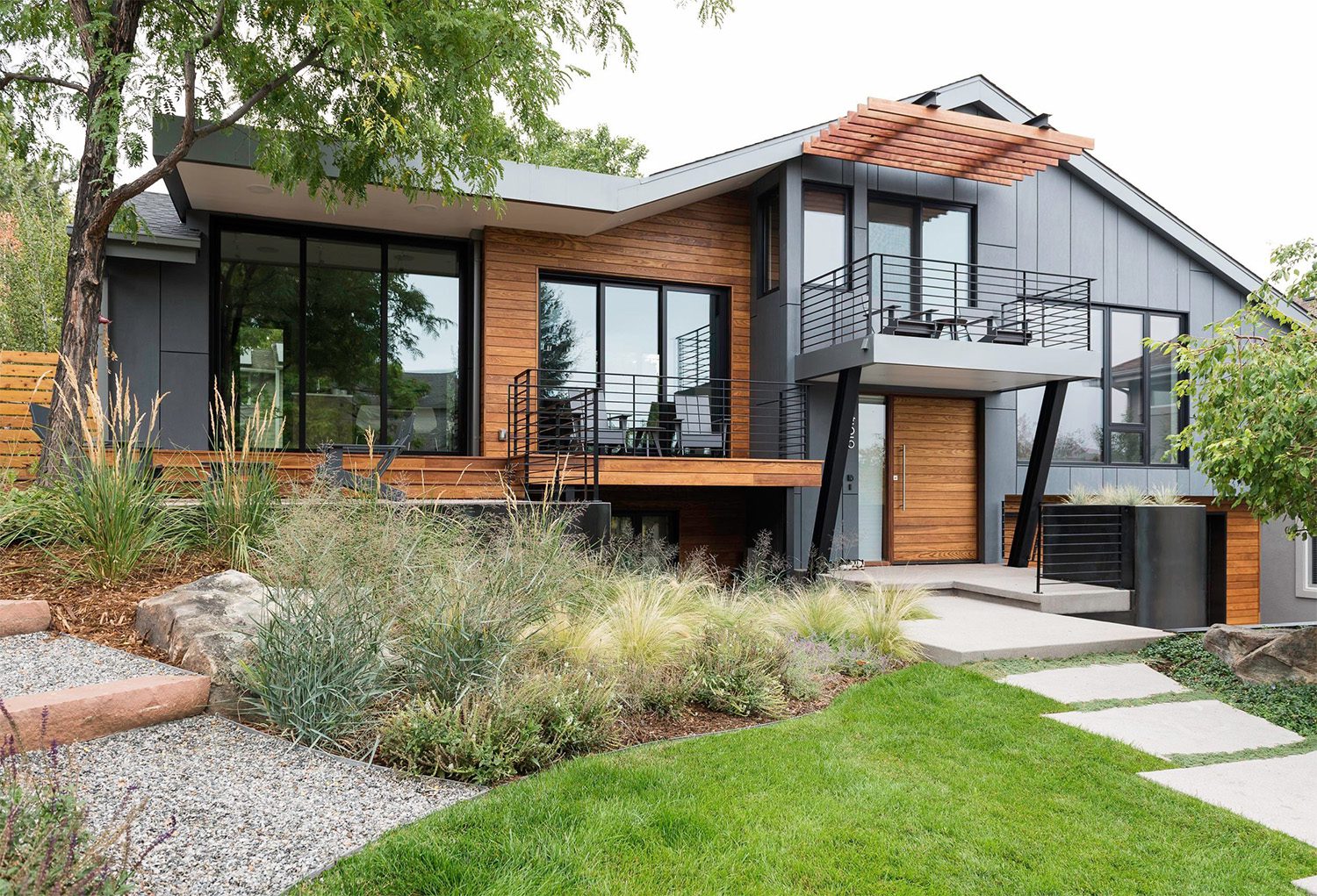In recent years, there has been a noticeable shift in the construction and architectural world towards sustainable and durable materials. One such material that has garnered significant attention is thermally modified wood siding.
As homeowners and builders alike seek out alternatives to traditional siding options, thermally modified wood has emerged as a front runner. But what exactly is it, and why is it becoming so popular? Let’s dive in.
What is Thermally Modified Wood Siding?
Thermally modified wood is the result of a process where wood is heated to high temperatures (typically between 356°F and 446°F) in a controlled environment, usually with little to no oxygen. This process fundamentally changes the chemical structure of the wood, enhancing its properties and making it more suitable for exterior applications like siding.

Benefits of Using Thermally Modified Wood Siding:
Durability and Longevity:
One of the primary reasons for the increasing popularity of thermally modified wood siding is its enhanced durability. The thermal modification process reduces the wood’s susceptibility to moisture, fungi, and pests. As a result, it has a longer lifespan compared to untreated wood, often lasting decades with minimal maintenance.
Eco-Friendly:
Thermally modified woods are a great sustainable choice. The process doesn’t involve the use of chemicals, making it an environmentally friendly alternative to chemically treated woods. Additionally, it’s often sourced from sustainably managed forests, further reducing its environmental impact.
Stability:
The modification process reduces the wood’s tendency to warp, twist, or cup. This stability is especially crucial for siding, which faces the brunt of external elements. Homeowners can expect a consistent appearance over the years, without the typical deformations seen in untreated wood.
Aesthetic Appeal:
Thermally modified wood has a rich, deep color that many homeowners find appealing. Over time, it can age gracefully, developing a beautiful silver patina. For those who prefer a more consistent look, it can be easily stained or sealed.
Improved Insulation:
The thermal modification process can enhance the wood’s insulating properties. This means homes with thermally modified siding can benefit from better thermal performance, potentially leading to energy savings in the long run.
Low Maintenance: Unlike some other siding materials, thermally modified wood requires minimal upkeep. Its natural resistance to decay and pests means homeowners don’t have to invest as much time or money in maintenance.
Versatility: Available in a variety of species and styles, thermally modified wood can be tailored to fit a wide range of architectural designs, from modern to traditional.
Conclusion:
The increasing popularity of thermally modified wood siding is no accident. With its myriad of benefits, from durability to eco-friendliness, it’s an excellent choice for homeowners and builders seeking a sustainable, long-lasting, and aesthetically pleasing siding option.
As the construction industry continues to evolve, materials like thermally modified wood are setting the standard for the future, blending the best of nature with cutting-edge technology.
